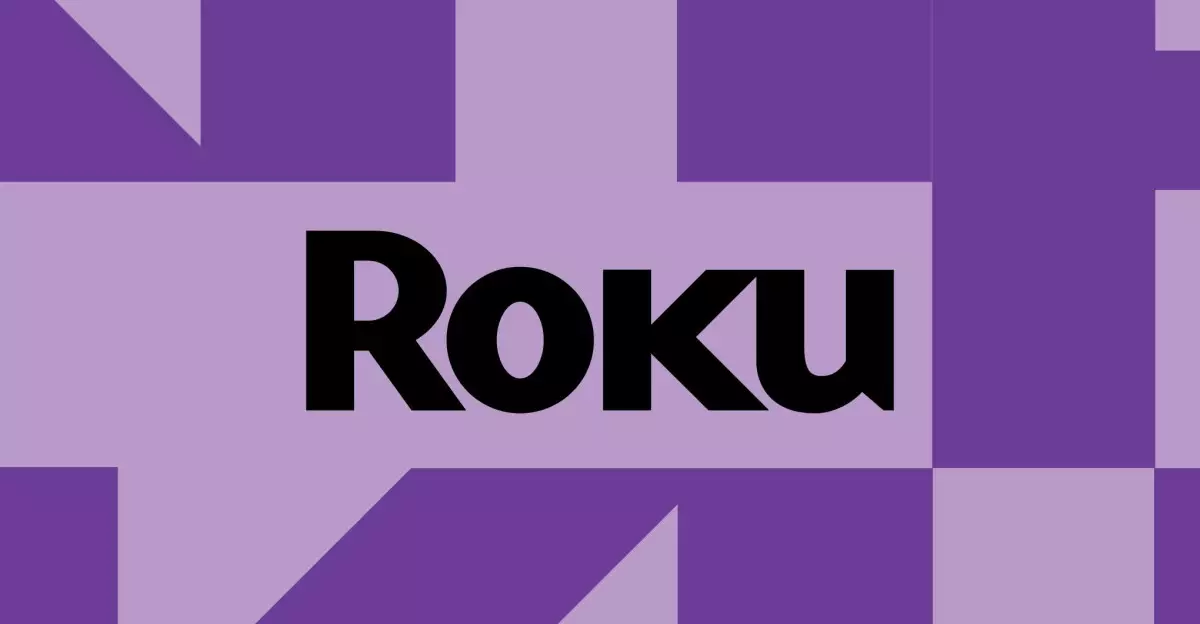It appears Roku is experiencing a pervasive issue that has surfaced following a recent software update, casting a shadow over their reputation in the streaming device market. Users have reported alarming instances of washed-out colors while attempting to stream HDR content, particularly from Disney Plus. Initially, this problem seemed to be isolated; however, as more users chimed in on Roku’s issue tracking forum, it became evident that this phenomenon extends across various apps and devices, disrupting the viewing experience for many. Wes Davis, a tech journalist with a keen eye for emerging trends, sheds light on this evolving debacle that has captivated the attention of both users and experts alike.
Broadening Scope of the Problem
Initially, reports emerged predominantly from users employing TCL Roku TVs, where they noted that the colors delivered through HDR content appeared desaturated and lifeless. Prominent comments depicted scenes from Disney Plus’ popular series “Andor,” showcasing how typically vibrant visuals were rendered in unsettling gray tones. Yet, the narrative quickly shifted as users of other brands like Hisense began to share their encounters, suggesting the problem transcends specific brands and is indeed a broader software issue. This escalation hints at a far more severe underlying problem—can Roku resolve this before it alienates its dedicated user base?
The Role of Community Feedback
The response from Roku has been somewhat promising, with community moderator RokuEmmanuel-D urging users to provide detailed feedback about the affected content, their TV models, and software versions. This level of community interaction is laudable; it allows consumers to feel engaged in the resolution process. However, the effectiveness of such feedback remains to be seen. The problem is not merely technical; emotional stakes are high for passionate streamers who crave immersive visual experiences, not flat, muted colors. The stark disparity between recommendations and the delivered experience could result in a growing distrust among users.
Underlying Challenges of HDR Technology
High Dynamic Range (HDR) technology is celebrated for its ability to produce stunningly realistic colors and dramatic contrasts. However, this same technology can inadvertently expose limitations in devices unable to handle it effectively. Users historically have turned off HDR on less capable TVs due to inadequate brightness levels, a workaround necessitated by manufacturing constraints. The current issue experienced by Roku users indicates a more profound flaw. This isn’t a simple case of inadequate hardware but rather a significant problem rooted in a software update that appears to devalue the entire point of HDR entertainment. It stirs questions about the potential need for further quality checks before software releases.
Implications for Roku’s Reputation
As users report that their problems extend to popular streaming services such as Netflix, YouTube TV, and Amazon Prime Video, one can’t help but wonder how this might affect Roku’s standing in a fiercely competitive market. Such persistent issues can tarnish the image of a brand that once prided itself on providing accessible streaming solutions. The company must act swiftly—tomorrow’s consumer decisions are often informed by today’s revelations. A protracted period of dissatisfaction could compel users to explore alternatives, possibly leading them to competitor platforms.
Looking Forward: What’s Next for Roku?
The resolution process for this troubling issue will likely require considerable effort both from Roku’s engineers and their community of users. Transparency in communication will be critical. Continuous updates outlining not only steps being taken but also estimated timelines for fixes might help restore confidence among users. Meanwhile, for consumers seeking immediate solutions, assessing alternative streaming devices could gain traction as frustration mounts. The stakes have never been higher for Roku; the company must navigate this storm with grace and efficiency to retain loyalty from an audience that’s all too willing to seek greener pastures.

